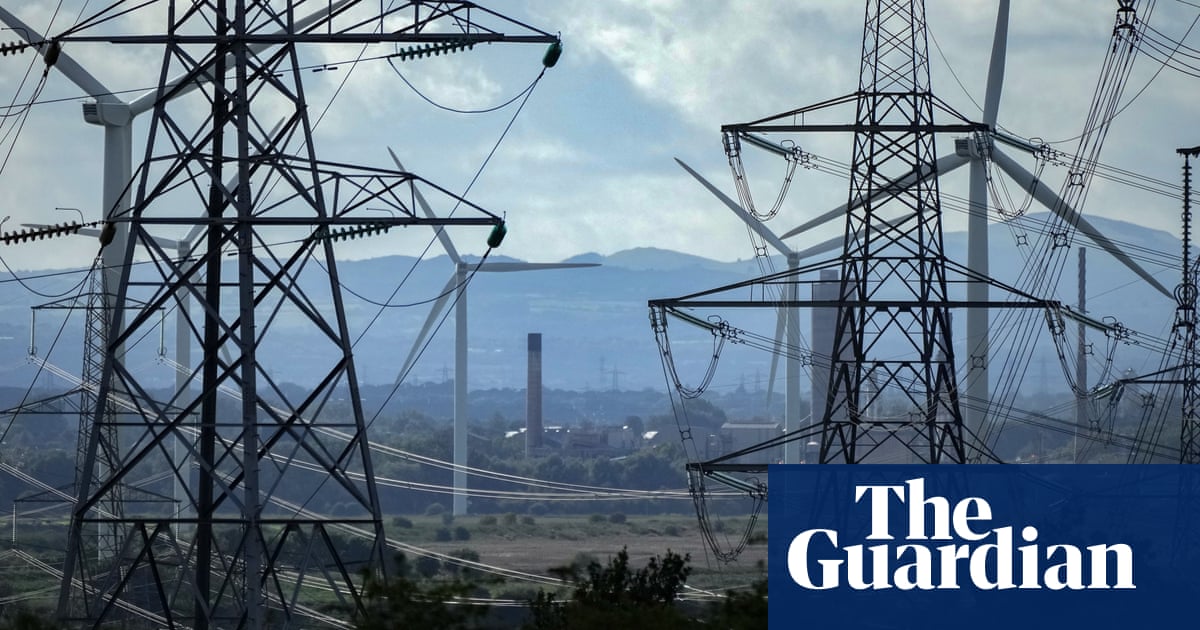
LOS ANGELES/WASHINGTON, Aug 31 (Reuters) - The Biden administration plans to make federal lands cheaper to access for solar and wind power developers after the clean power industry argued in a lobbying push this year that lease rates and fees are too high to draw investment and could torpedo the president"s climate change agenda.
Washington’s decision to review the federal land policy for renewable power projects is part of a broader effort by President Joe Biden"s government to fight global warming by boosting clean energy development and discouraging drilling and coal mining.
“We recognize the world has changed since the last time we looked at this and updates need to be made,” Janea Scott, senior counselor to the U.S. Interior Department’s assistant secretary for land and minerals, told Reuters.
On Tuesday, the Interior Department"s Bureau of Land Management (BLM) announced it has initiated a process to revise regulations related to renewable energy permitting and rights-of-way on public lands starting with four public listening sessions in September and a separate consultation with Native American tribes.
The sessions will focus on rent lease schedules and fees for wind and solar rights-of-way, application processing times and environmental justice considerations.
The push for easier access to vast federal lands also underscores the renewable energy industry’s voracious need for new acreage: Biden has a goal to decarbonize the power sector by 2035, a target that would require an area bigger than the Netherlands for the solar industry alone, according to research firm Rystad Energy.
At issue is a rental rate and fee scheme for federal solar and wind leases designed to keep rates in line with nearby agricultural land values.
Under that policy, implemented by President Barack Obama"s administration in 2016, some major solar projects pay $971 per acre per year in rent, along with over $2,000 annually per megawatt of power capacity.For a utility-scale project covering 3,000 acres and producing 250 megawatts of power, that is a roughly $3.5 million tab each year.
Wind project rents are generally lower, but the capacity fee is higher at $3,800, according to a federal fee schedule.
The renewable energy industry argues the charges imposed by the Interior Department are out of sync with private land rents, which can be below $100 per acre, and do not come with fees for power produced.
They are also higher than federal rents for oil and gas drilling leases, which run at $1.50 or $2 per year per acre before being replaced by a 12.5% production royalty once petroleum starts to flow.
"Until these overly burdensome costs are resolved, our nation will likely miss out on living up to its potential to deploy homegrown clean energy projects on our public lands — and the jobs and economic development that come with it," said Gene Grace, general counsel for clean energy trade group American Clean Power Association.
The renewable energy industry has historically relied on private acreage to site large projects. But big tracts of unbroken private land are becoming scarce, making federal lands among the best options for future expansion.
To date, the Interior Department has permitted less than 10 gigawatts of solar and wind power on its more than 245 million acres (99 million hectares) of federal lands, a third of what the two industries were forecast to install nationwide just this year, according to the Energy Information Administration.
The solar industry began lobbying on the issue in April, when the Large Scale Solar Association, a coalition of some of the nation’s top solar developers - including NextEra Energy (NEE.N), Southern Co (SO.N) and EDF Renewables (EDF.PA) - filed a petition with the Bureau of Land Management asking for lower rents on utility-scale projects in the nation’s blistering deserts.
A spokesperson for the group said the industry initially focused on California because it is home to some of the most promising solar acreage and because land around major urban areas like Los Angeles had inflated assessments for entire counties, even on desert acreage not suitable for agriculture.
Officials at NextEra, Southern, and EDF did not comment when contacted by Reuters.
In June, the BLM lowered rents in three California counties. But solar representatives called the measure insufficient, arguing the discounts were too small and that the megawatt capacity fee remained in place.
Attorneys for both the solar companies and BLM have discussed the issue in phone calls since, and further talks are scheduled for September, according to Peter Weiner, the attorney representing the solar group.
"We know that the new folks at BLM have had a lot on their plates," Weiner said. "We truly appreciate their consideration."












